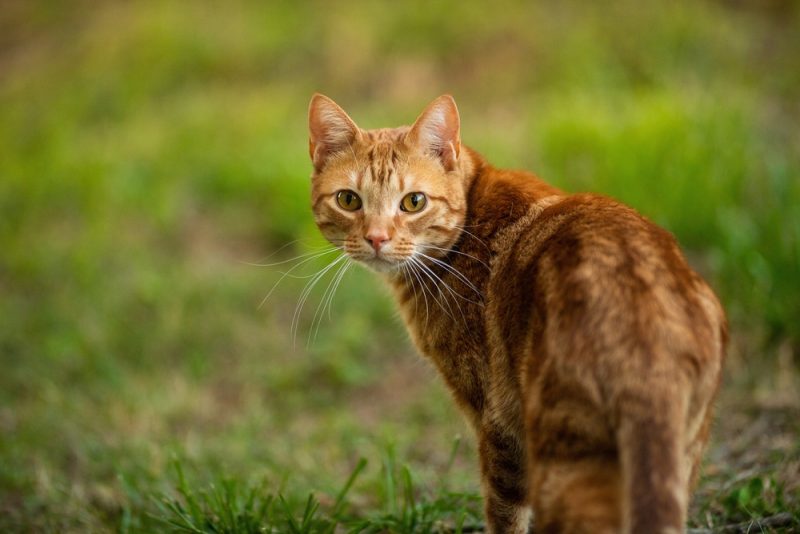We may have moved away from the term ‘pussycat’ when referring to a cat, it went through the process of being associated with cats, then being associated with girls, then becoming a 2000s girl band sensation!
But where did the terminology come from? We have a little 411 on this term so you understand how it got to be what it is today.


Pussycat in Reference to Four-Legged Feline Friends
The term “pussy” can seem like a naughty word these days because of its offensive undertones. But did you know that it is a noun that means cat? The term “puss” was commonly used until the 1500s.
“puss” comes from the Germanic root word for cat. So it translates quite literally to its intended purpose. How did the term pussycat come to be? We don’t know. That’s how language changes over time.
For example, it was argued in 1913 in Webster’s Revised Unabridged Dictionary that “pussy” was a version of “pursy”—meaning “short-winded” or “fat”. But traditionally, this term was coined for cats. So, they must have been the originators.
Pussycat in Slang
Pussycat is a very well-known slang term. It started on the 17thth century but gained popularity around the 1950s and is still occasionally used today. Pussycat is just a term used to describe girls and women. Usually, it indicates modesty or gentleness.
However, there are other ways that pussycat can be used—usually marking a sexually attractive woman of the day. Men will use this term like “doll” or “dame.”

Pop Bands
Don’t you want your girlfriend to be hot like me? The term Pussycat can easily be associated with all the kids who grew up in the early 2000s. The Pussycat Dolls are an all-female pop band whose songs will stick in your head in a New York minute. There was also a show Josie and the Pussycats which first aired in the 1970s about an all-girl rock band.
Other Animals
Interestingly, in both English and German, pussy is a word that also refers to rabbits or hares. In the 19th century, it was commonly referred to as anything soft or furry. Even the genus of tree called pussy willow is named after its fluffiness.


Conclusion
Now you know a little more history on the term pussycat. While it’s been traditionally used for our furry feline friends for millennia, it’s certainly taken some interesting turns. This word has definitely made a mark in human history.
See also:
Featured Image Credit: Ivanova Ksenia, Shutterstock


